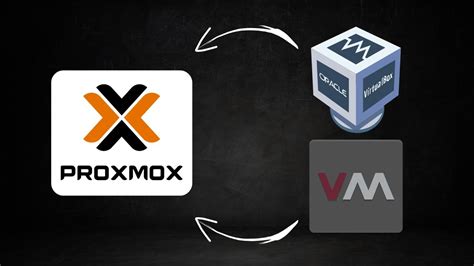
Image Credit:
undrey/iStock/GettyImages
If you’re using VMware, the popular virtual machine program that lets you run another operating on an emulated system on your computer, you may have come across VMDK VMware files. A VMDK file is a virtual disk that stores the contents of a virtual machine’s hard disk. You can import VMDK files into a virtual machine when you set it up or after the fact.
VMware and VMDK Files
VMware is a program for running virtual machines, which are emulated computers running on top of your ordinary operating system.
People use them to host multiple servers on the same physical hardware, to run other operating systems for particular software and to run programs isolated from their main systems for security’s sake. Other popular virtualization software includes VirtualBox and the Parallels system used for running Windows on a Mac computer.
The operating system and other files in a virtual machine are normally stored in a virtual disk file, representing the contents of the virtual computer’s hard drive. On recent versions of VMware, these files have the extension .vmdk. On older versions, you might see the extension .dsk instead.
Import a VMDK File

If you’re using VMware and want to attach a VMDK file to a virtual machine so that the virtual machine can see the emulated disk, open the machine in VMware. Then, with the virtual machine powered down, click the “VM” button and click “Settings.”
Click the “Hardware” tab and click “Add.” Select “Hard disk” and then “Next.” Click “Use an existing virtual disk” and then “Next.” Browse to the file and click “OK” to import it and attach it to your virtual machine.
If you want to create a VM from a VMDK file, set up the virtual machine with the operating system settings corresponding to the virtual disk but without creating a new disk in setup. Then, use this procedure to add the existing VMDK file to the virtual machine and spin it up to start the operating system.
Use a VMDK in VirtualBox
VirtualBox supports virtual disk images created by other virtualization programs, including VMDK files, Microsoft’s VHD format and some versions of the format used by Parallels.
When you set up a virtual machine in VirtualBox, you’ll be given the option to choose an existing disk image file, which could be a VMDK file, to use as the device’s emulated hard drive.
You can also clone a virtual disk in VirtualBox if you want to make a copy of it so the original stays unmodified.
Keşfetmeye Devam Edin
